Safe SUP Surfing for the Beginner - Ten Quick Tips
If you are going to take up stand up paddleboard (SUP) surfing, it helps to do a little research before heading out. Knowing and avoiding the most common beginner mistakes will help you better enjoy your time on the water and improve your paddling technique. Whether you have your own board and paddle or are going to rent what you need to surf, knowing some basic tips and tricks will make your time on the water safe and enjoyable.

Paddling out to catch a wave.
SUP Surfing Tips to Get You Started
Safe SUP Surfing:
Tip #1
Don't bite off more than you can chew. Beginners should be mindful of the waves and currents so they do not find themselves in a situation they are not ready for. A ski instructor wouldn't send a new skier down a black diamond run their first time on the slopes. Waves and currents are powerful and, as a beginner in SUP surfing, you need to be respectful and know your ability and limitations. Always think, assess, and ride the waves that work for your skill level. If you are on a river, make sure to have an understanding of how the river flows and how powerful it might be.
Tip #2
Leashes are important. If you are new to SUP surfing, a leash connects the board to the paddler and is used to keep both you and others safe when paddleboarding. Having the board within reach keeps you from having to chase it and gives you something to hang on to if you tire out. A leash also keeps the board from hitting others if it gets away from you. There are lots of leashes to choose from, depending on the kind of SUPing you are planning to do. Make sure not to go out on the water without one.

Always remember to wear a leash when SUP surfing.
Safe SUP Surfing:
Tip #3
Have the right paddle. Many beginner stand up paddle boarders feel that their paddle blade should scoop the water when balancing but in reality, the paddle should go the other direction. It is more effective this way and better from a standing position. At this angle, it gives you a smoother stroke and puts less stress on the upper body and elbows. When used correctly, the blade offers stability and the angle you need to have a powerful stroke. Check out this article for a detailed explanation on How to Hold a SUP Paddle.
Tip #4
Face forward. This sounds like a no brainer, but it's actually an issue that many paddle boarders experience when they are just starting SUP surfing. On some boards it's not always obvious which end is the front of the board so you can actually end up facing backward. Remember; the leash and fins are at the tail (back of the board).

Know the conditions before heading out and look for currents in the break.
Safe SUP Surfing:
Tip #5
A beginner's stand up paddle board often has a large round nose and a large deck area. This is different from a smaller, shorter surf board. SUP boards are designed this way to give you more freedom to comfortably stand up and move around. Some even allow you to sit by adding a kayak seat. What SUP and surfboards do have in common are fins; they're essential for surfing. Fins help keep the board straight when paddling, which is also known as tracking. They also help the board grip the water and ride on top of the wave. So always remember to attach your fins before heading out.
Tip #6
Focus on engaging your core. Don't only rely on your arms when paddling. An efficient stroke recruits major muscle groups in your arms, core, and back, and requires a solid stance. Standing up and using only your arms for paddling tires you quickly and won't offer the same amount of power as you'd have when engaging your core. Focus on your core and a solid stance to ride waves effectively.

SUP surf with a friend, so you can watch out for and learn from each other.
Safe SUP Surfing:
Tip #7
Focus on the horizon. It is natural to want to look down at the board, your feet, or the water when learning to SUP surf. However, you want to keep your head up and back straight with your knees bent when SUP surfing. Center your body weight over your toes. Looking ahead rather than down keeps you from rocking back and losing balance.
Tip #8
Paddle smart. The ocean, lake, or river where you are paddling should have lots of space to paddle, so make the most of it. Watch who is around and stay out of each other's way. It's simply good surf etiquette and the other more experienced surfers will appreciate your efforts. When you're a beginner, there is a greater chance of falling off while figuring out the basics. That being said, you have to start somewhere so, get out there and enjoy it.

Accessories like a shoulder strap make it easier for you to walk long distances with your SUP, plus they tuck away easily once you're on board.
Safe SUP Surfing:
Tip #9
Know how to fall. This is one of the most important lessons in stand up paddle surfing. Everyone falls at some point, no matter how good they are at SUP surfing. The important thing about falling is that you need to understand how to do it the right way. Learning to fall safely ensures that you can get back on and keep enjoying yourself out there. The best way to fall is to try and fall away from the board. Let the water be your cushion. Since the leash keeps the board attached to you, you don't have to worry about it floating away.
Tip #10
Don't ignore the wind. Always know the wind direction and water conditions when heading out to paddle. Forecasts are important and warn of sudden changes in the weather. Standing on a SUP makes the paddler like a sail when the wind picks up, pushing both the paddler and board. If there is an issue with the wind, paddle from your knees or lay down, attach your paddle to your board, and use your arms to paddle as if you are on a regular surfboard. Paddling prone like this helps you avoid the wind completely.

Good luck finding your first (or next) break.
SUP Surfing Wrap Up Before Surf's Up
SUP surfing is a whole lot of fun and another activity that you can try on your stand up paddleboard. Keep these 10 tips in mind and get out there and give it a try. It might take a while to get a hang of it, but making progress is part of the fun. You'll be surprised at how quickly you learn. And either way, learning to SUP surf is a pretty good excuse to get out on the water!


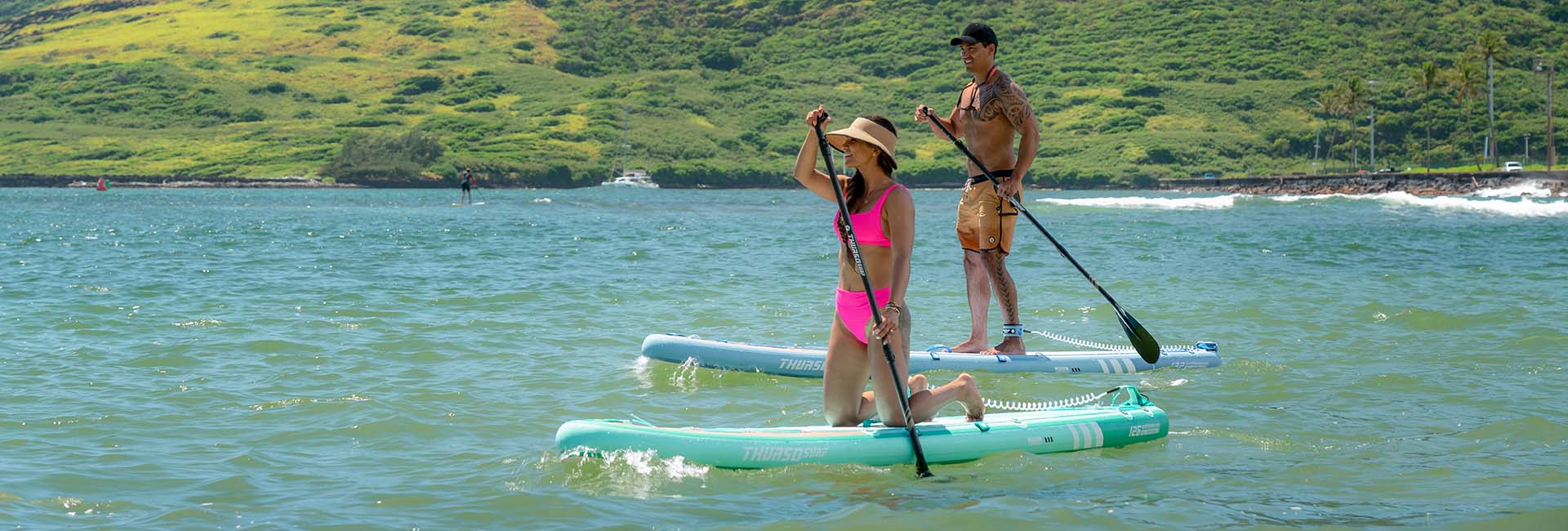
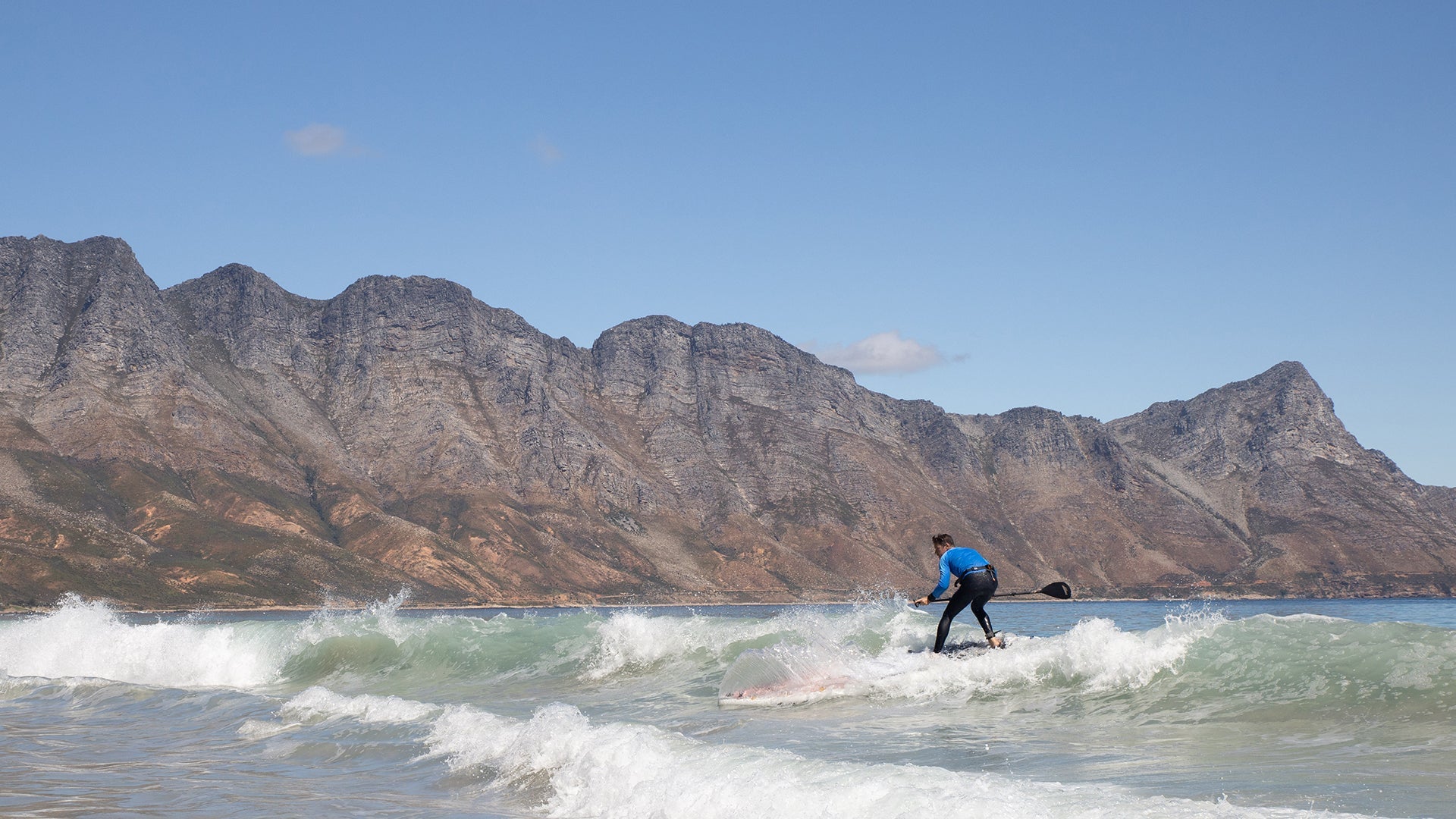
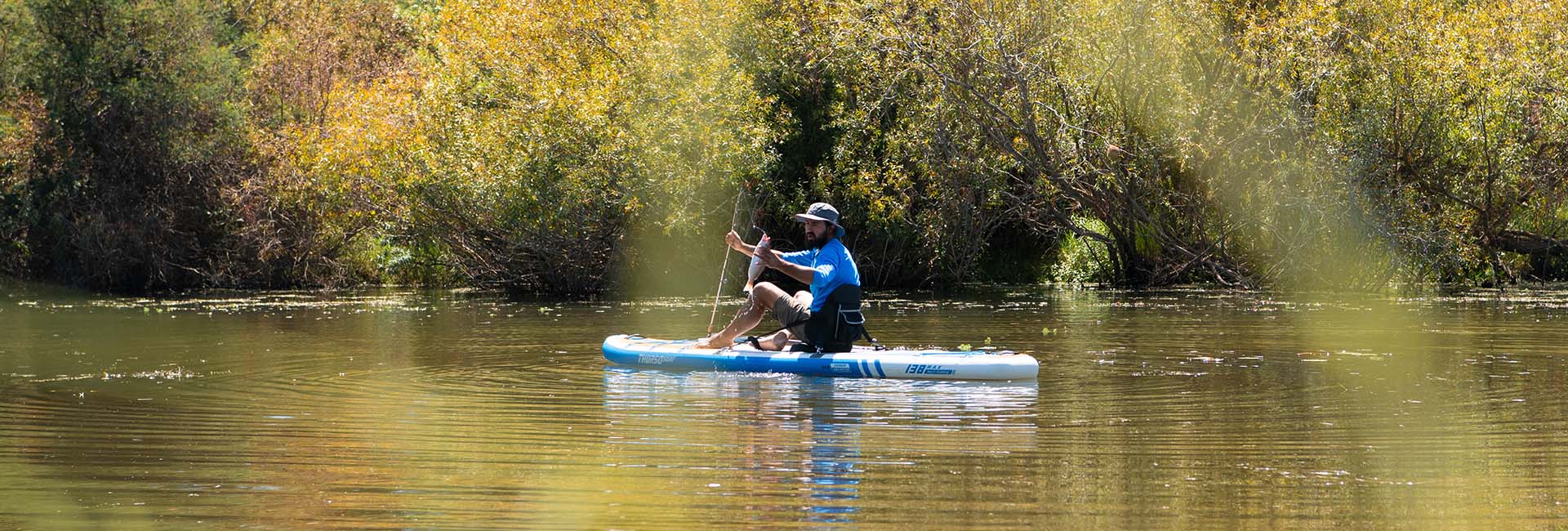
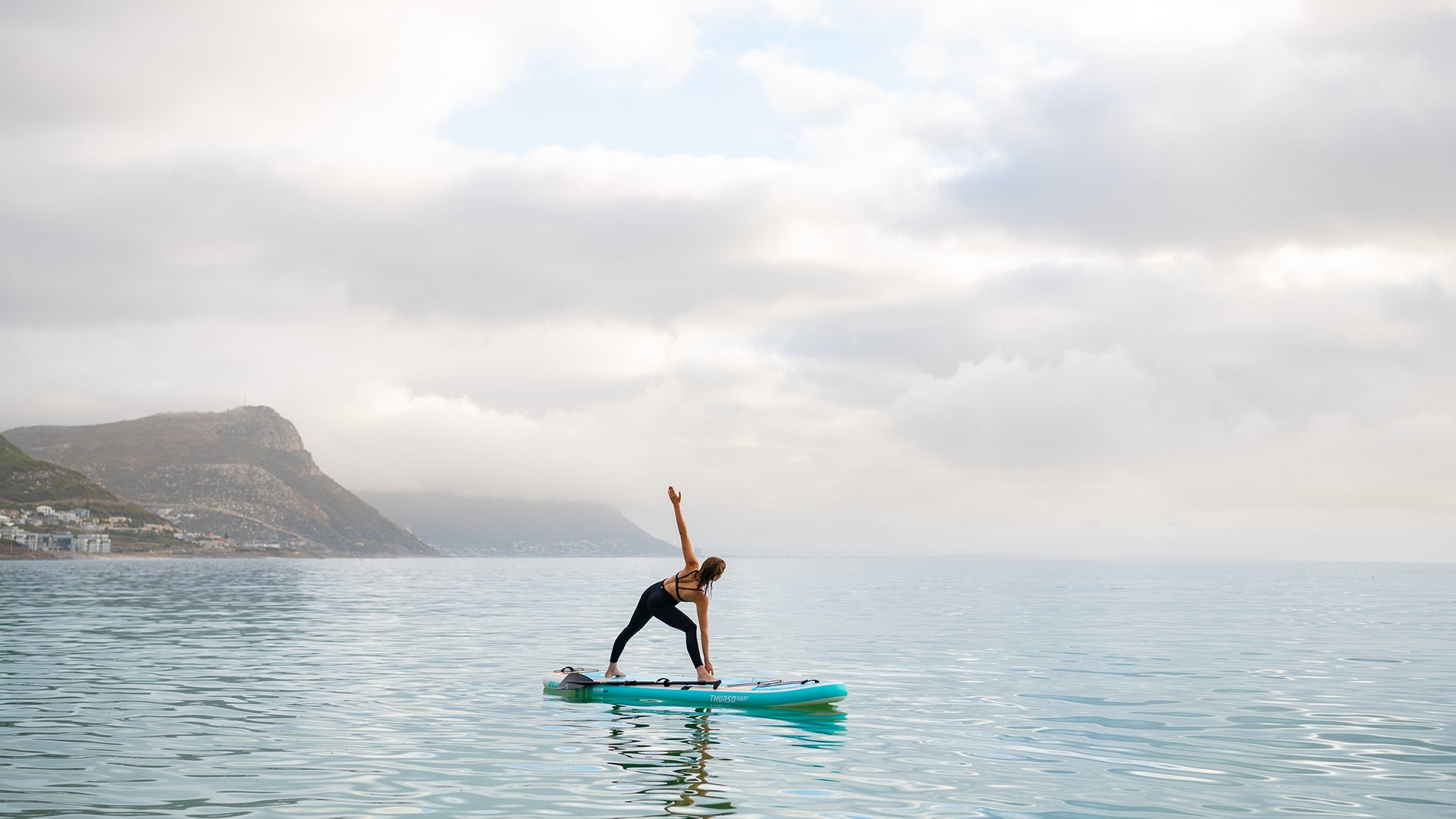
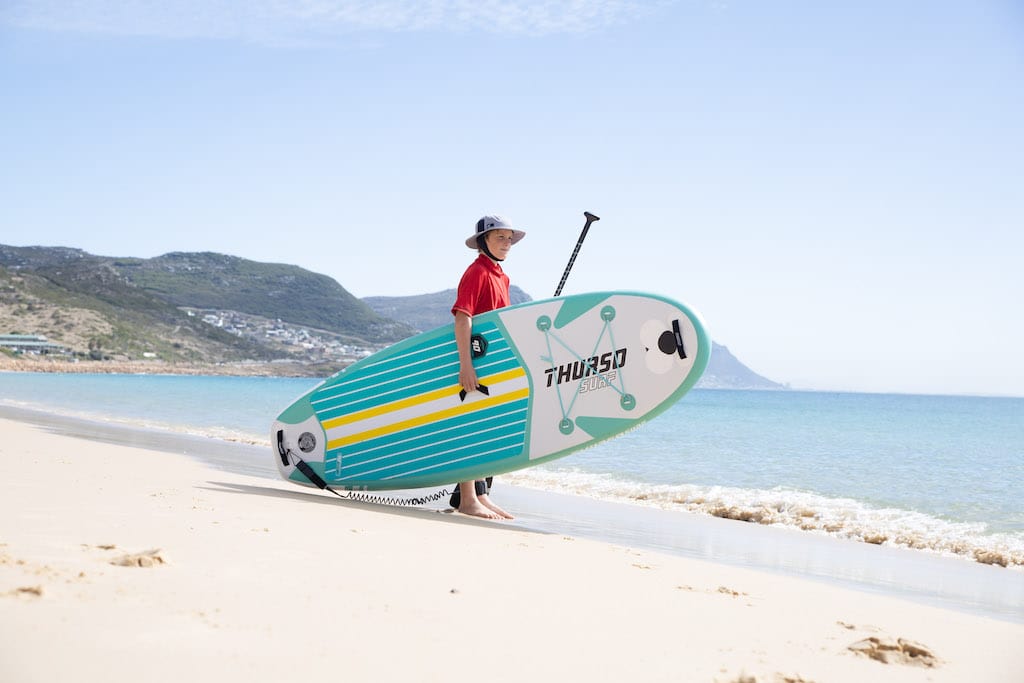
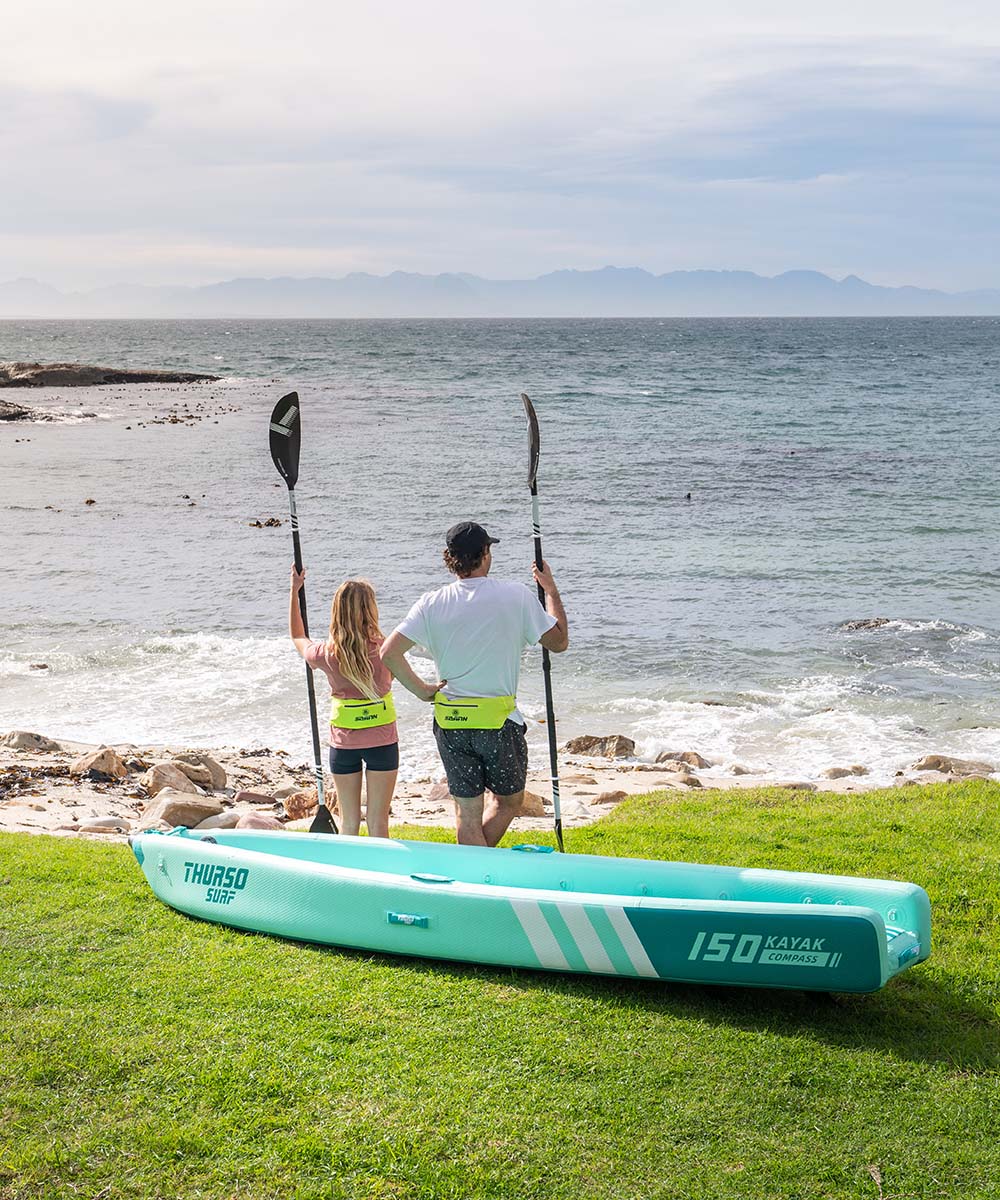
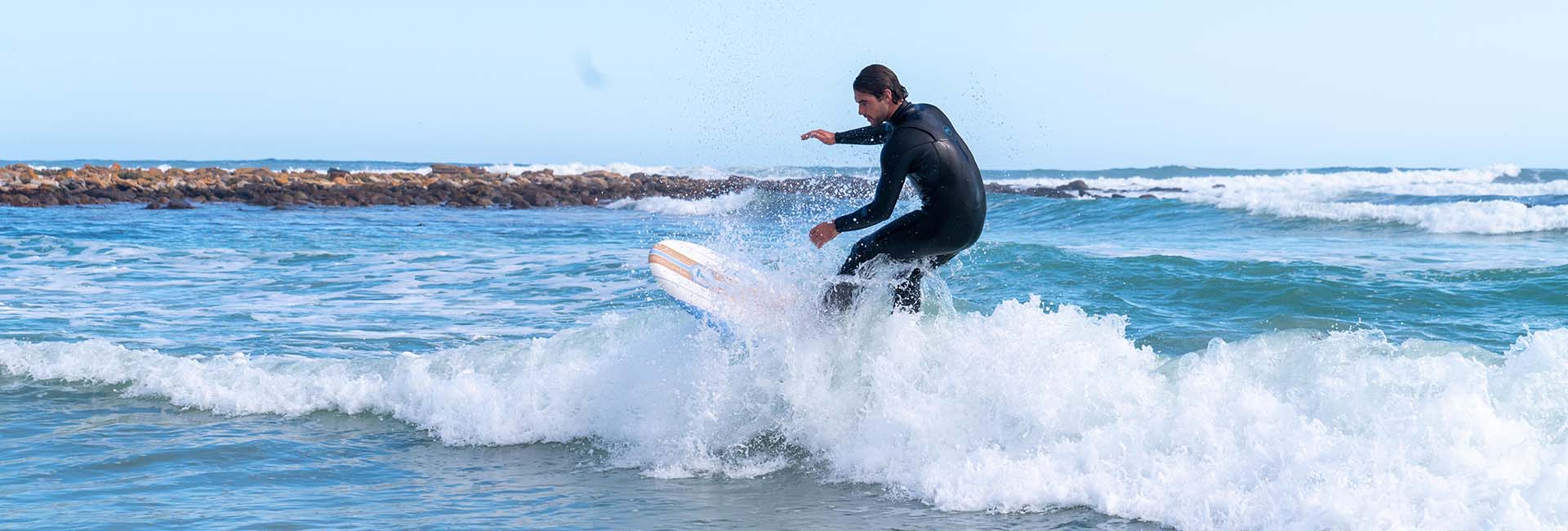
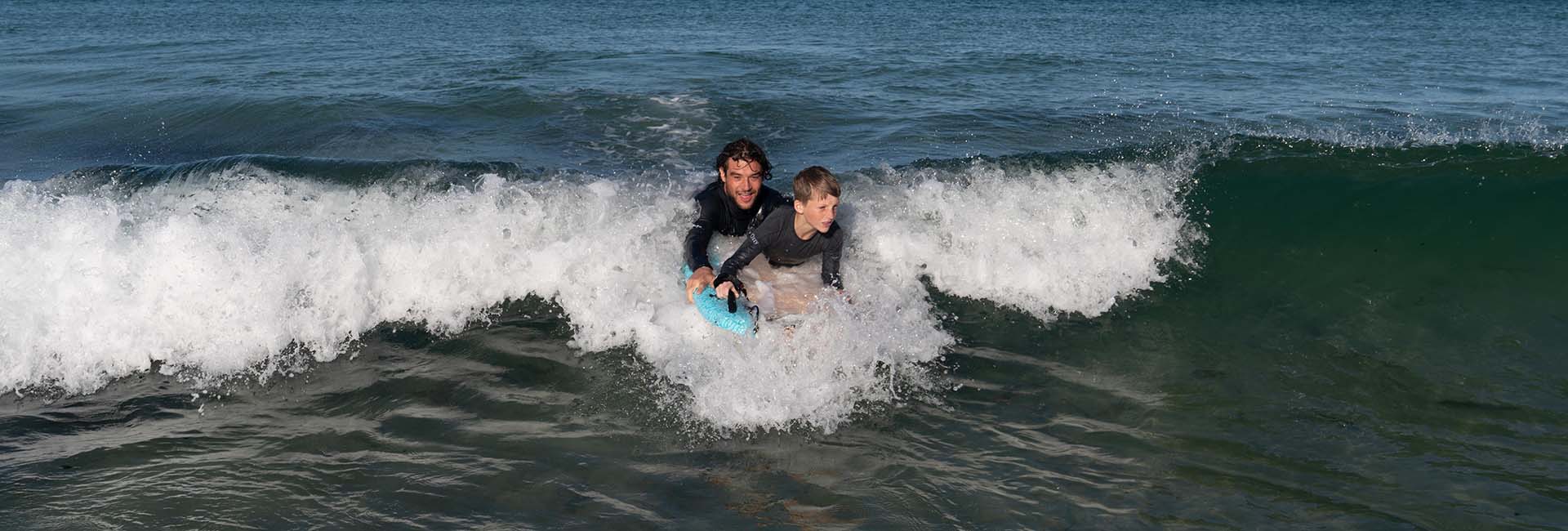
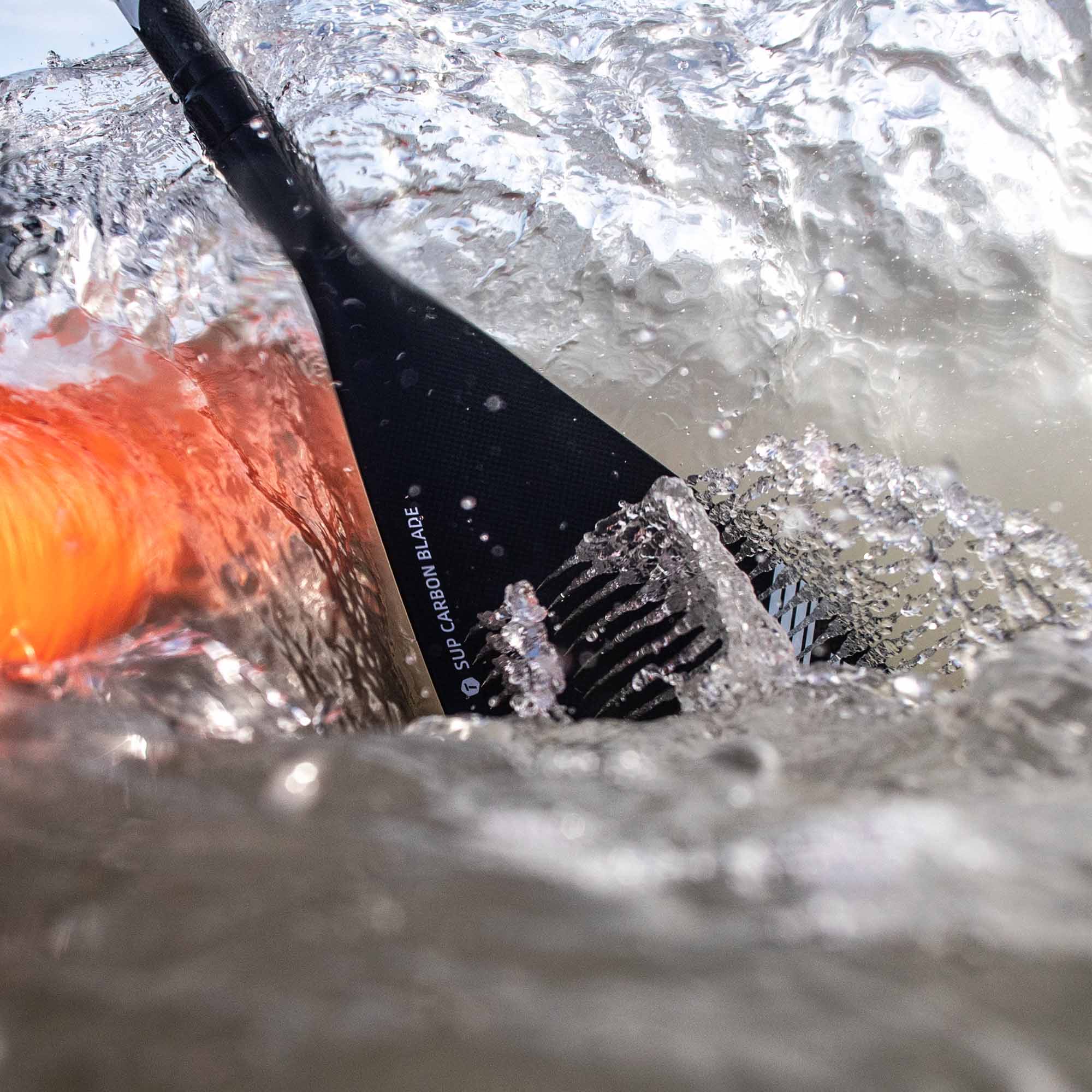
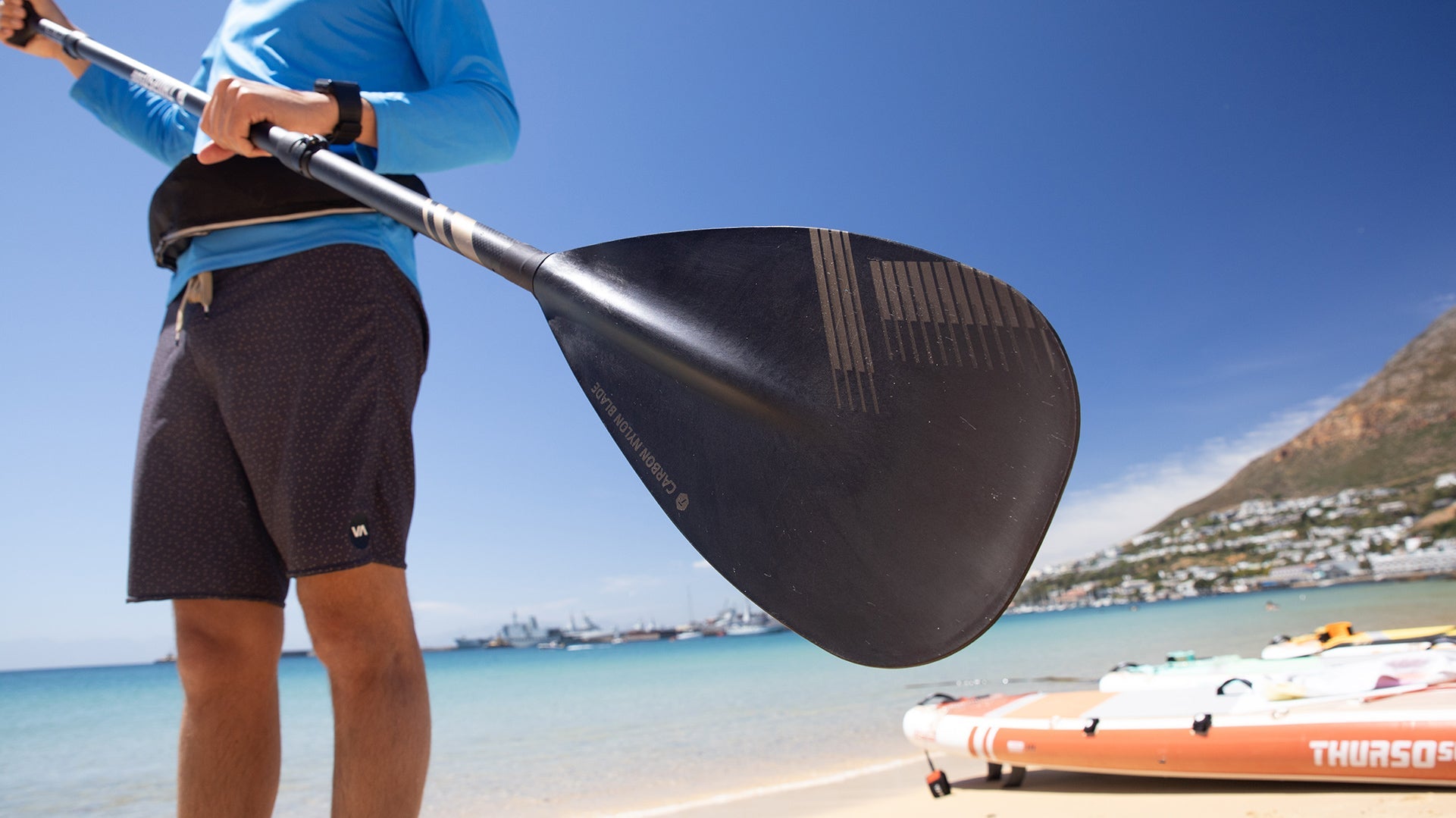
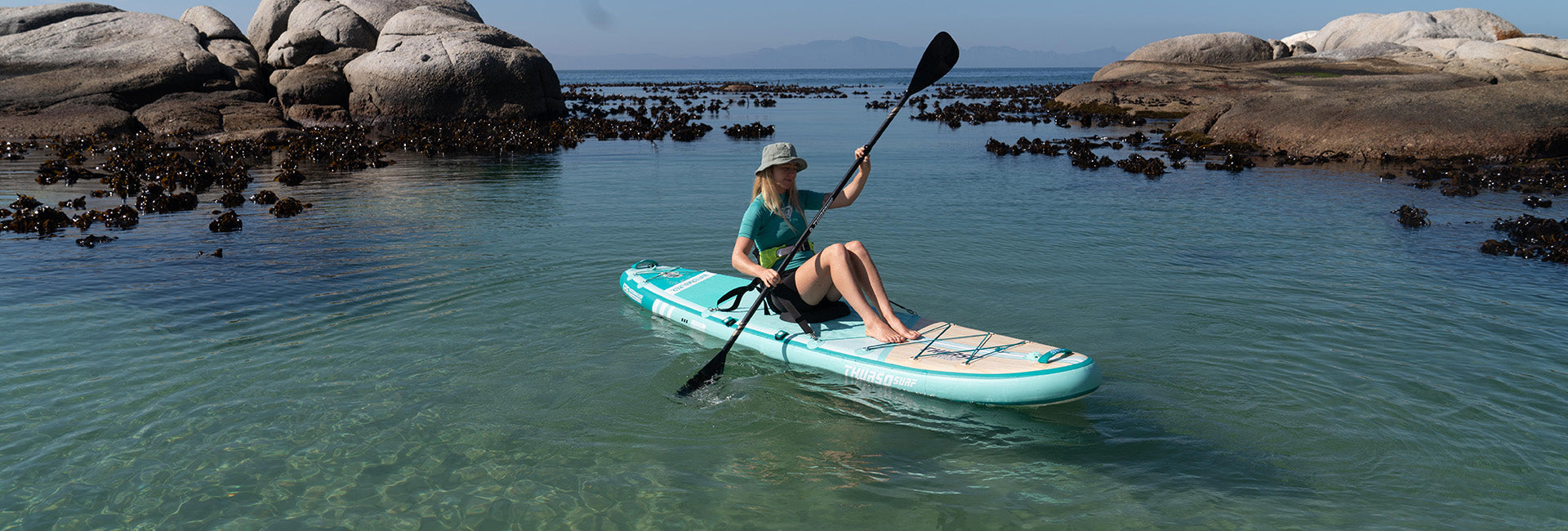

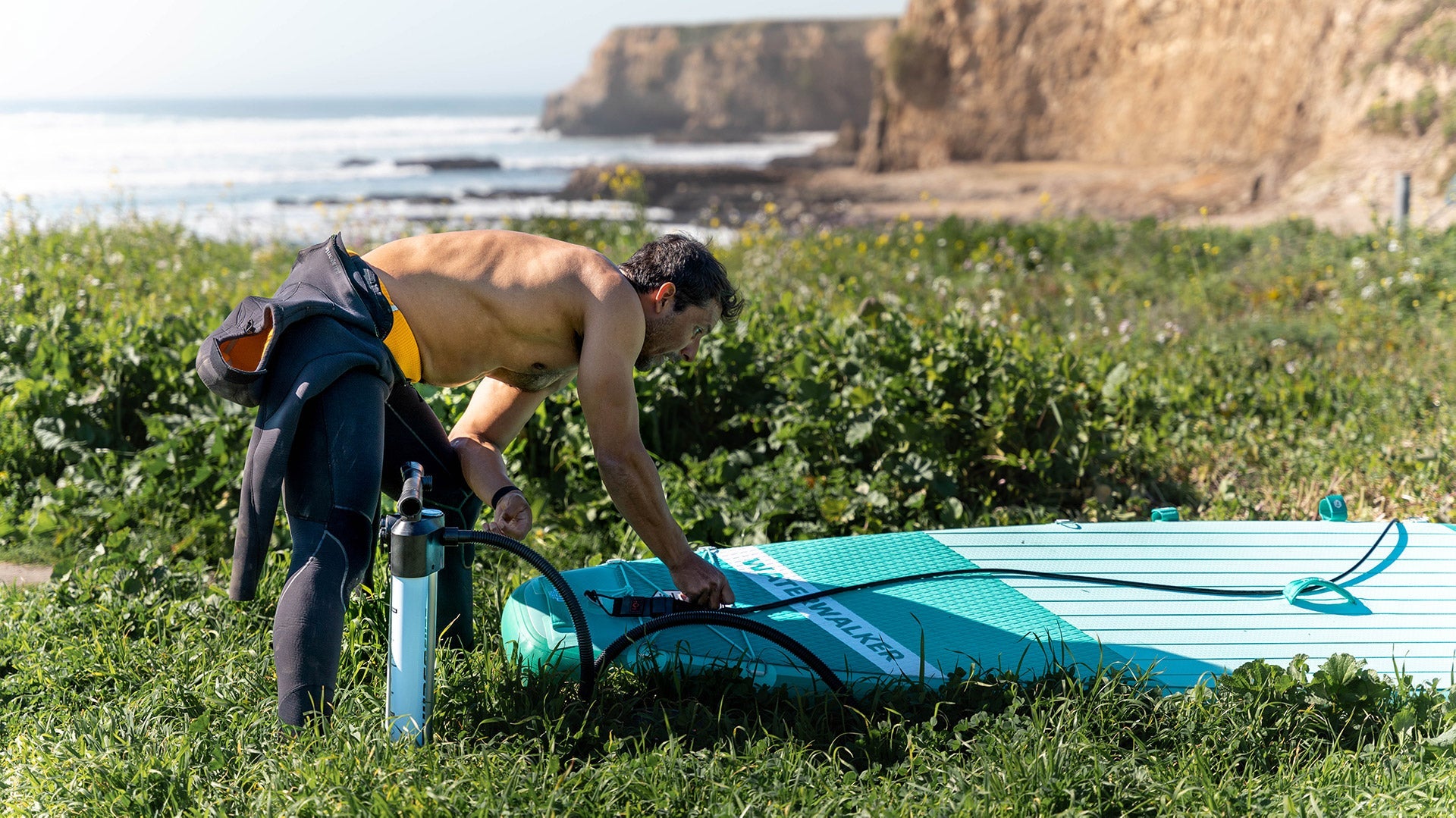
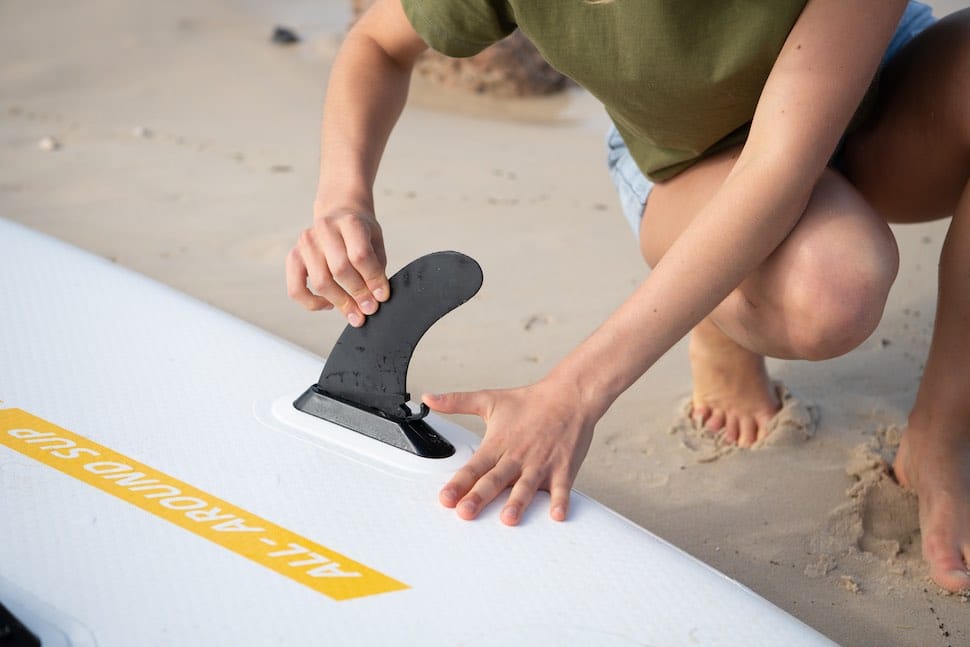
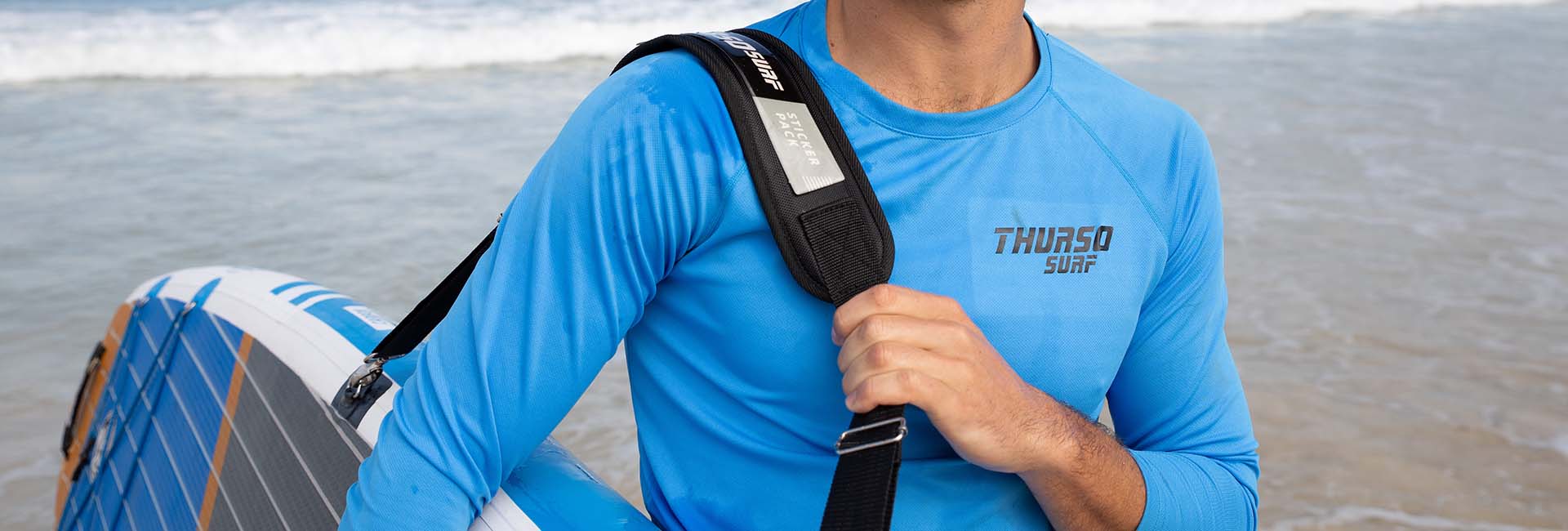



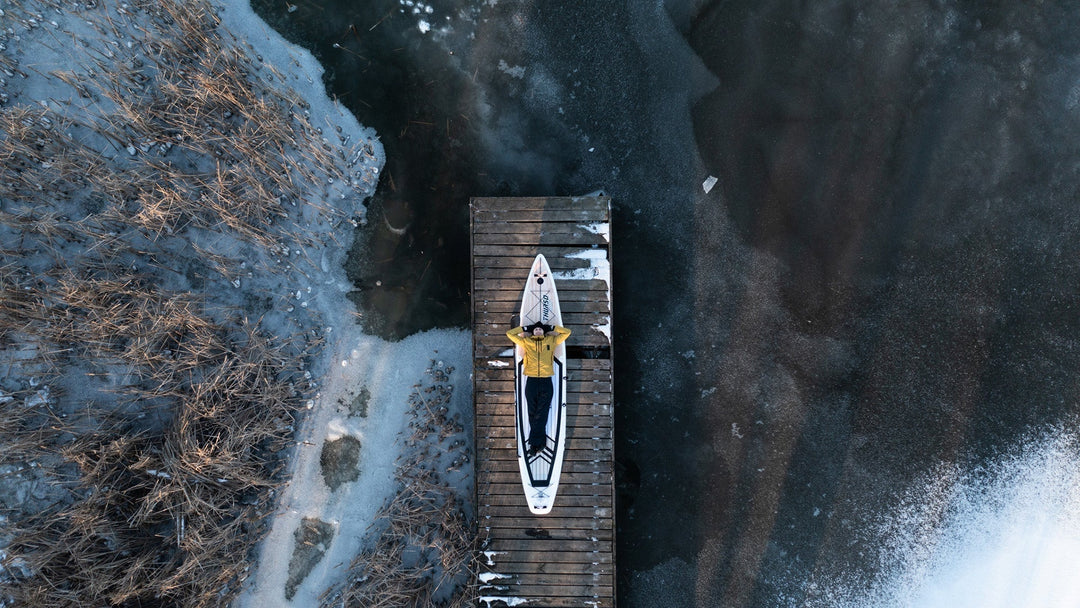
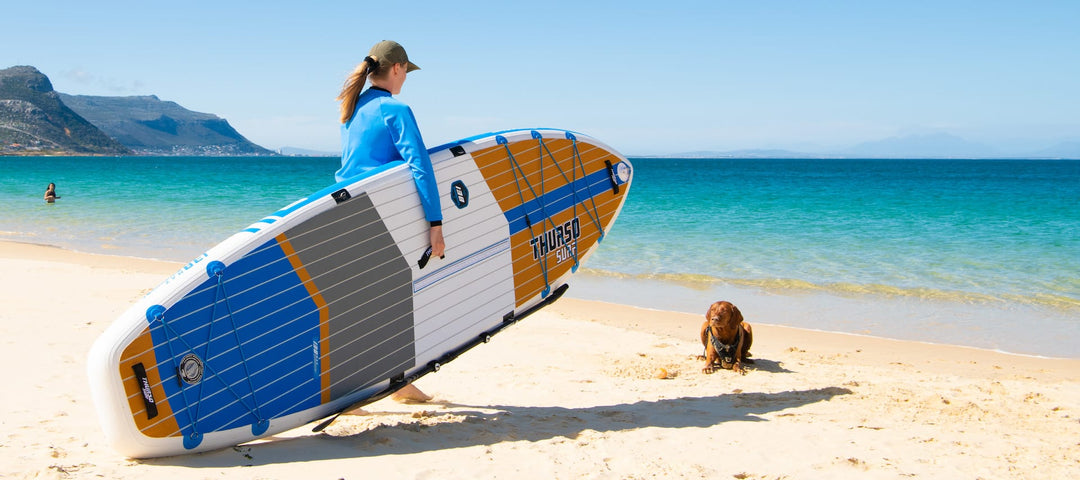
Leave a comment